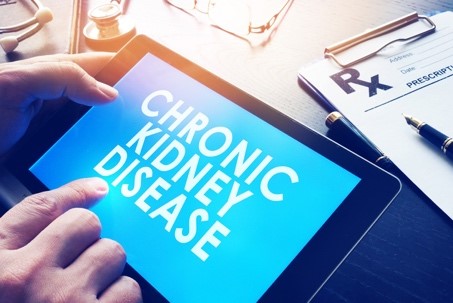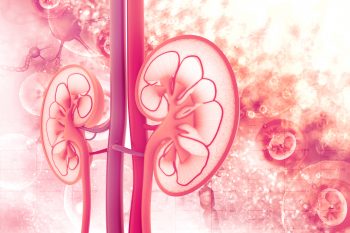
Patiromer, a sodium-free potassium binder approved for treating hyperkalemia in adults is not currently approved for use in children. The EMERALD trial (NCT03087058) is designed to assess the pharmacodynamics and safety of patiromer in children two to 18 years of age with chronic kidney disease and hyperkalemia. EMERALD is an open-label, multiple-dose study that includes a 14-day dose-finding pharmacodynamic phase and a long-term (5.5 months) treatment phase.
Bradley A. Warady, MD, and colleagues presented initial results from the EMERALD study during a poster session at Kidney Week 2019. The poster was titled Patiromer Treatment of Hyperkalemia in Adolescent Children with CKD: Initial Results from EMERALD.
Inclusion criteria are estimated glomerular filtration rate <60 mL/min/1.73 m2, hyperkalemia, defined as serum potassium 5.1 to <6.5 mEq/L, and not receiving dialysis. In addition, renin-angiotensin-aldosterone system (RAAS) inhibitor dose must be stable for ≥28 days prior to screening.
The study will enroll up to 54 patients into three sequential age-based cohorts. Cohort specific starting doses of patiromer with titration to obtain a target local potassium level of 3.8 to 5.0 mEq/L are being evaluated; up to three starting doses per cohort may be assessed.
The primary end point of interest is the change in central laboratory serum potassium from baseline to day 14. Secondary end points include the proportion of patients with target serum potassium (3.8 to 5.0 mEq/L) at day 14 and through week 26.
Cohort 1 included patients 12 to 18 years of age (n=14; mean age 14.5 years) and is now completed. Mean baseline serum potassium was 5.54 mEq/L and mean baseline eGFR was 28.7 mL/min/1.73 m2. The most common cause of CKD was congenital anomalies of the kidney and urinary tract (64%); 57% of patients were on RAAS inhibitors. All 14 patients competed the pharmacodynamics phase of the study; two patients withdrew consent in the long-term treatment phase; and one patient initiated hemodialysis, after which serum potassium data were censored.
For all patients, the starting dose of patiromer was 4.2 g/day; the most common final prescribed dose at study end was 8.4 g/day (33.3%). At day 14, serum potassium decreased by –0.50 mEq/L (n=14); by week 26, the decrease in serum potassium was –1.08 mEq/L (n=11). By day 14, 50% of patients achieved the target serum potassium; by week 26, 82% achieved target the serum potassium level.
There were adverse effects observed in 71% of patients; adverse events were mostly mild or moderate in severity (one severe, none serious). The most common class of adverse events was gastrointestinal; one patient experienced hypokalemia. Three patients experienced study drug-related adverse events; none were severe. There were no adverse events leading to discontinuation of the study drug.
“Preliminary results from EMERALD suggest a 4.2 g/day patiromer starting dose with titration resulted in clinically meaningful serum potassium reduction in adolescents with CKD and hyperkalemia and was generally well tolerated,” the researchers said.
Source: Warady BA, Mayo M, Ma J, Yllana J, Shapiro L, Schaefer FS. Patiromer treatment of hyperkalemia in adolescent children with CKD: initial results from EMERALD. Abstract of a poster presented during the American Society of Nephrology Kidney Week 2019 (Abstract TH-PO764), November 7, 2019, Washington, DC.






 © 2025 Mashup Media, LLC, a Formedics Property. All Rights Reserved.
© 2025 Mashup Media, LLC, a Formedics Property. All Rights Reserved.